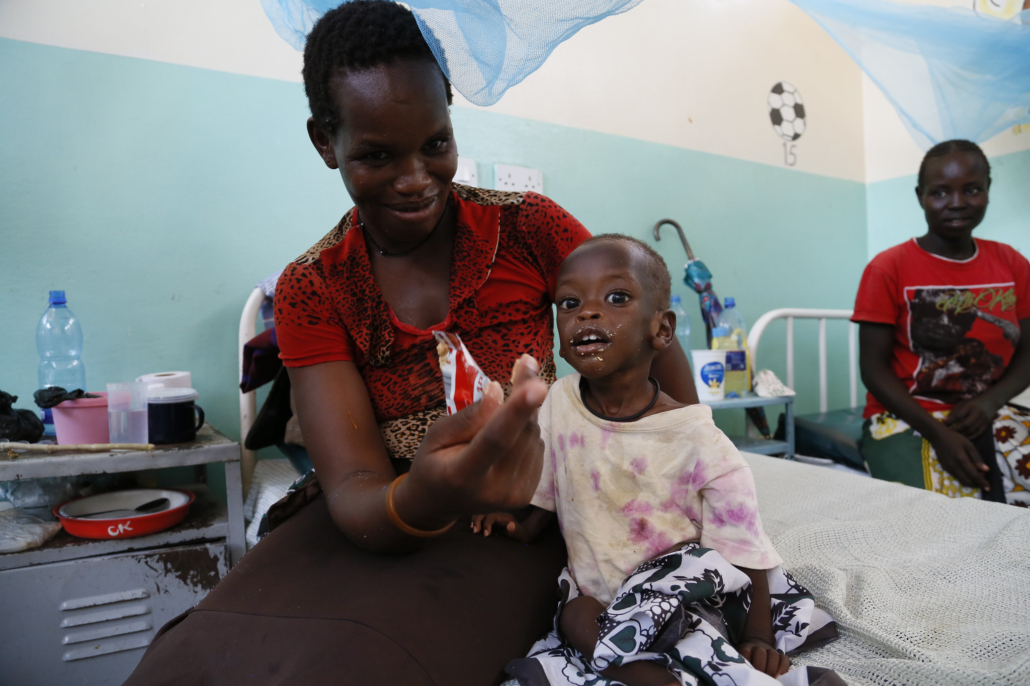3D Printing Improves Kenyan Health Care System

The 3D printing approach, also known as additive manufacturing, is a method of creating three-dimensional objects by building up layers of material based on a computer-generated design or blueprint. Unlike traditional production processes that involve cutting or subtracting material from a larger piece, 3D printing, therefore, adds material, resulting in less waste. To print an object using a 3D printer, one must create the design blueprint on a computer and save it on a memory card. Then, one must insert the card into the 3D printer, which melts a plastic material called a filament to produce the desired object. This technology is improving the Kenyan health care system in several different ways.
Why People Are Using 3D Printing
In response to the need for medical and laboratory equipment in rural areas of Kenya, 3D printing emerged as a viable and efficient solution to address accessibility challenges in the country’s health care system during a humanitarian crisis. Engineers from Pennsylvania State University’s med-tech startup, Kijenzi (meaning “little maker” in Swahili), recognized the potential of using portable 3D printers to produce affordable medical equipment in Kenya.
However, they soon realized that accessing the necessary 3D printing design blueprints posed a significant obstacle. As a result, Kijenzi developed a virtual cloud system that enables doctors and medical professionals to access the files online, with approximately 400 parts available, which the machinery can print in 3D. Additionally, Kijenzi is training individuals across the country to use 3D printers to produce these medical devices, offering them livelihood opportunities.
The Benefits
The Kijenzi 3D printing system is now helping manufacture parts for dialysis machines, microscope parts, incubator latches, prosthetic limbs and various other medical equipment and devices. One of the high points of this 3D printing system is that one can use it to print on demand and as necessary, in what was once a lengthy and unpredictable importation process. As well as cutting down waiting times, the items that the 3D printing system manufactures are completely customized and are of a higher quality than similar items that hospitals would have imported previously.
By virtue of the 3D printing system, hospitals can now easily replace parts from broken or worn-out equipment which require urgent replacement, keeping many hospital departments running when they would have had to close previously. It has also saved certain medical machinery from obsolescence by allowing the reproduction of parts from digital blueprints rather than becoming discontinued from a larger factory’s catalog. The higher production volumes and turnover of items also allow the Kenyan health care system to provide medical equipment to countries like Somalia and Ethiopia in times of need.
The use of 3D printing in the Kenyan health care system is not free from its own set of limitations, unfortunately. The filament, which is the printing material, requires importing, which can be time-consuming as well as expensive. However, there is a high potential to overcome this obstacle — some have suggested that printing the filaments available in Nairobi could be a better option than imported ones. And using locally sourced filaments would reduce the overall cost of the 3D-printed equipment. Additionally, it would speed up waiting times for the import of filaments, allowing people to receive medical attention more quickly.
Looking Ahead
Overall, 3D printing has revolutionized the Kenyan health care system and has no doubt impacted the lives of many people in Kenya in a positive way. It has not only improved the efficiency of Kenya’s medical system but has created jobs and afforded people in Kenya a more secure and self-reliant medical service.
– Molly Wallace
Photo: Flickr
